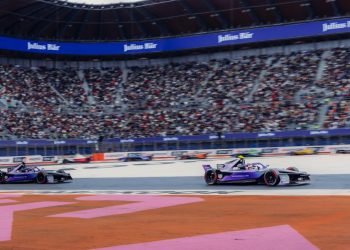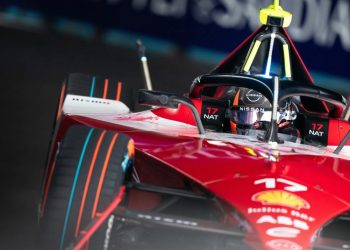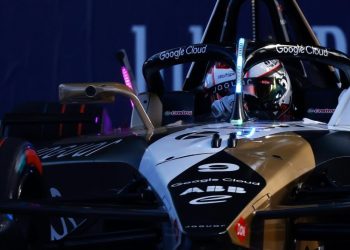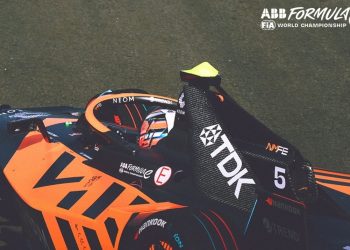After leading the first Valencia E-Prix of Formula Ed during most of the race, António Felix Da Costa had a denouement that generated controversy in the world of motorsport. The Portuguese DS Techeetah rider ran out of power in his battery on the last lap.
The length of the track and its long final, meant that the competitors had to be attentive to saving energy, however there was no rain and up to 4 safety cars that would further complicate things for the drivers.
Da Costa spoke about what happened: “I know that the FIA took energy from us all the same, 3 kilowats from one lap to the other. Normally they take one from us per minute and they will take 3 … I don’t want to talk much because I don’t have all the information. But the truth is that I went from being calm, first, with the possibility that I would have to fight De Vries to thinking ‘I’m not going to finish’ (the race)”.
He also pointed out that it is not what should happen in the championship since it was the first time that Formula E raced on a circuit and that this factor would have captured the attention of new spectators.
It may also interest you: Surprise! Jake Dennis takes the Formula E E-Prix and becomes the 5th winner in six rounds
It should be noted that Formula E, in order to make the management of drivers and teams more relevant, takes electrical energy from the vehicles so that they do not reach their full capacity at the final stages.
The problem in Valencia was that, with a ‘safety car’ a few minutes to go, the duration of the race was extended to more than 45 minutes.
“If it had only been a pilot, well, it is that the management has not done well, but when it happens to 13 or 14 … well, the truth is that it happened to all but there are some who were given the indication earlier and they arrived. Slow, but they finished,” added Da Costa.
Back and forth between the FIA and Da Costa
The director of innovative sports projects of the FIA, Frederic Bertrand spoke about what happened at the end of the race and highlighted that there were six drivers who did know how to manage the energy until the end.
“This is not the image we normally have at the end of the race. Something like that could happen the same with fuel or whatever. In the end, you give an amount of power to drive and if you get that amount, and you go beyond that, you’re in trouble,” said Bertrand.
Regarding Da Costa, the director questioned the Portuguese’s decision not to reduce his speed further after the last safety car so that there was only one lap left to go.
“Im sorry but i cant accept this. If i go EVEN slower under SC, how many teams would have protested me at the end? And also, if i go slower, they would have reduced more energy. Today it was only on the hands of the FIA to save all of us from this,” was the response of the defending Formula E champion, António Felix Da Costa.
Written by | Gabriel Sayago











